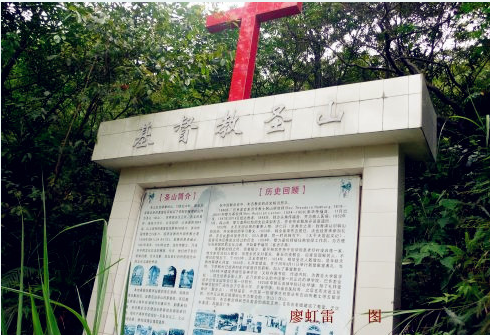Holy mountains serve as cemeteries for the church. Burying the dead collectively has been a revolution in modern interment since it does not require Feng Shui (geomancy). It also saves space, easy to manage, pleasant to see, and contains the Chinese concept of filial piety. The Christian Holy Mountains of Shenzhen have been widely accepted by the local Chinese society since the liberation of New China.
According to the CCC&TSPM of Shenzhen, Christianity was first introduced to the area (originally Bao'an County, now Bao-an District of Shenzhen) over 150 years ago. Before the liberation, missionaries preaching in Shenzhen not only built churches, missionary divisions, schools, theological seminaries, hospitals, and other public welfare organizations, they also purchased land on several mountains as burial places for believers.
These holy mountain cemeteries are on Yingguan Mountain of Fuyong in Bao-an District, Huangmabu Holy Mountain, Holy Mountain of Zhangkengjing Church in Longhua New District, Holy Mountain of Guanlan Church, Lilang Holy Mountain in Longgang District, Kuiyong Holy Mountain in Dapeng New District, and more.
Currently, some of the Holy Mountain cemeteries remain burial places for missionaries and believers, some have been or are being returned to churches through the implementation of religious policies of the Party, and some have become theme parks open to the public.
Translated by: Grace Hubl










